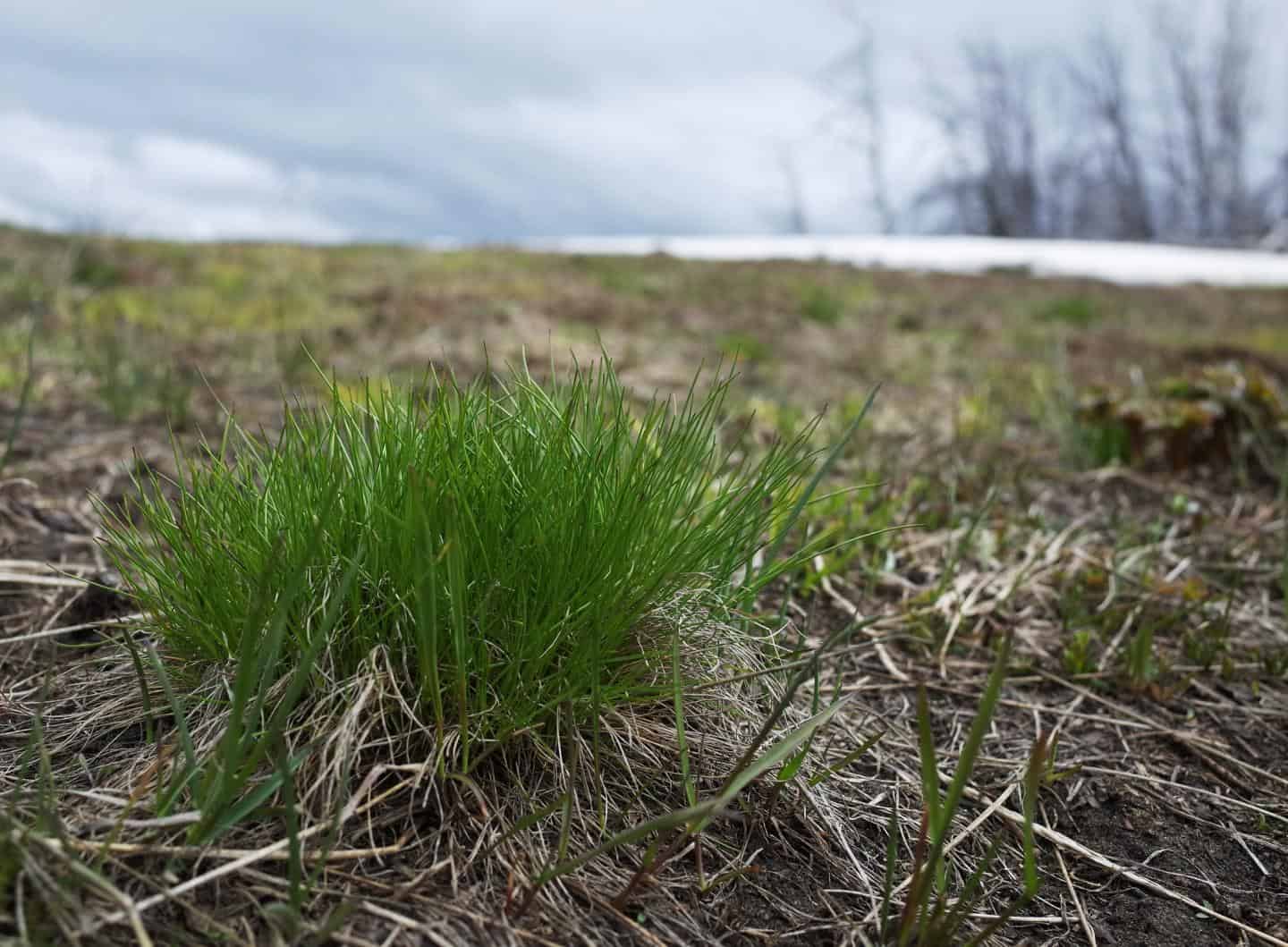Share this article
Surf’s up for big game in Wyoming
Researchers have known for quite a while that migrating ungulates spend their winters lower where it’s warmer and their summers higher up on mountain tops where it’s cooler. They also know that the animals spend the springtime traveling upwards.
In a recent study published in Proceedings of the Royal Society B, a research team looked at how five different species — moose, elk, bighorn sheep, mule deer and bison — select these springtime habitat patches and vegetation during spring in western Wyoming and eastern Utah.
“If they can slowly migrate, they’re exposed at the start of spring to getting the best quality food for a longer amount of time for that part of the year,” said lead author and TWS member Jerod Merkle, who is a postdoctoral researcher at the University of Wyoming and the Wyoming Coop Wildlife and Fisheries Research Unit. Merkle says that as plants grow, they become fibrous and their quality decreases. “They want young, tender plants that have high quality,” he said.
As part of the study, Merkle and his team looked at data from two populations of each species. They examined GPS collar data collected from previous studies to find out where the species had traveled while migrating in the spring. They then compared this information with satellite data collected by NASA’s MODIS, a satellite that orbits around the earth, in order to determine what the vegetation was like in the species’ habitat patches.

Newly emerging grass in western Wyoming’s Gros Ventre drainage is an example of the high-quality forage that big game wildlife eat while “surfing the green wave.” ©Jerod A. Merkle
Merkle and his team found that most of the species were picking habitat patches with young, green vegetation. “What’s cool is that this touches a little on the cognitive abilities of these animals,” Merkle said. “Not only do they assess grass patches here from forest over there. They’re also able to assess that this patch here is at the early spring stage and that patch there is too mature or further along.”
Seven out of 10 of the ungulate species selected habitat when it was at its greenest — or, as Merkle puts it, surfed at the peak of the green wave. But the odd population out was elk, which surfed at the trailing edge of the wave. “What that means is they were slightly behind the wave as it moves up the mountain,” he said. “They were foraging on habitat patches that were slightly past the green spring stage.” Merkle suggests this may be because elk are larger animals that can take bigger bites and process food that’s not as high in quality.
While the animals are able to track the best vegetation well, this might change as a result of climate change and drought, according to Merkle. For example, if spring decreases from 30 days to 15 days, the green-up may happen earlier and faster, exposing animals to less high quality food. This is especially important because during this time, female ungulates are either giving birth or lactating, Merkle says.
As a result, Merkle says it’s important to monitor the species to help alleviate the effects of climate change. “By using GPS collar data to monitor the behavior over the years, we might suddenly see a drop-off in their ability to surf the green wave,” Merkle said, noting that this would alert researchers to the potential impact of climate change or some other factor affecting the animals’ ability to access the best quality food or habitat. Further, identifying the time of year can also be important if conservationists are considering some sort of habitat manipulation to help conserve the species. “For example, if a population is having trouble surfing in a certain area, we can identify the period of time they should be surfing, and we can limit the number of people in an area or close a road,” Merkle said. “This can help them surf that wave better throughout a large landscape.”
Merkle also plans to study how site fidelity might influence ungulates that select high quality habitat. He wants to see if climate change will cause them to change their behavior or if they are too attached to their habitats. Merkle says deer in particular rarely deviate from their route and might have difficulty coping with a changing spring as a result of climate change. But, “animals like elk have a little bit more variation in their migratory behavior,” he said. “They can adjust a bit, but we will see.”
Header Image: A cow moose with its calves near Louis Lake in Wyoming’s Wind River Mountains. ©Scott Copeland








